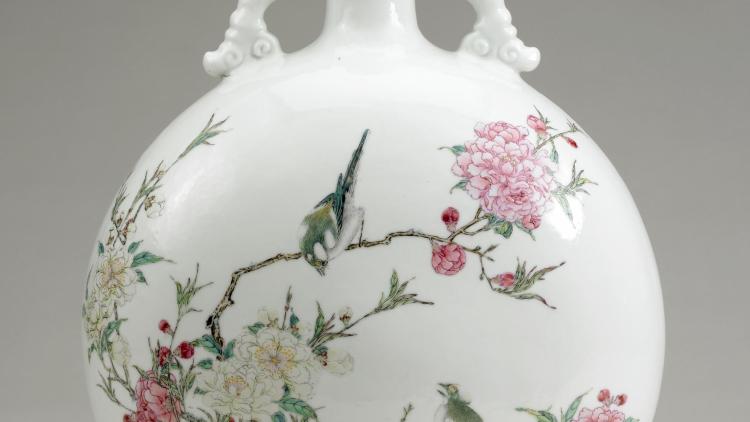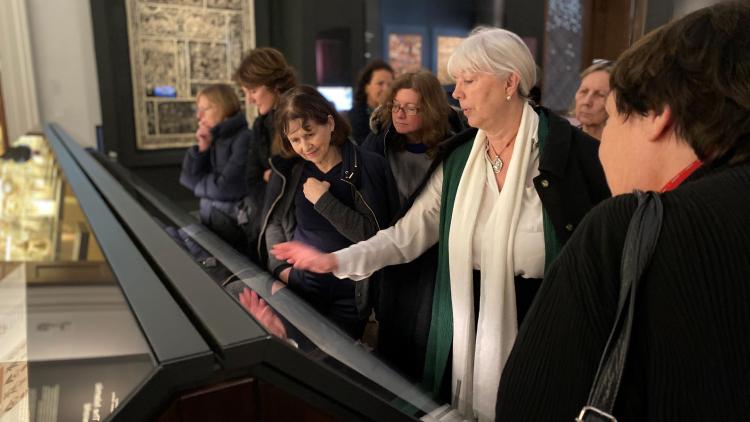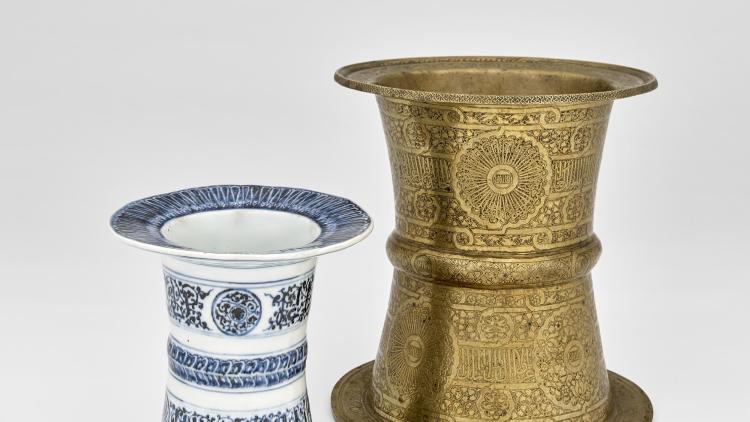Qiu Yifan

Key information
- Department
- Department of History of Art and Archaeology
- Subject
- History of Art and Archaeology
- Thesis title
- Railways, Pioneers, and the Collecting of ‘Tang’ Tomb Figurines from China to Britain, 1900-1955
- Internal Supervisors
- Professor Stacey Pierson & Dr Stephen A Murphy
Biography
Yifan Qiu is a PhD candidate in the Department of History of Art and Archaeology at SOAS.
Before obtaining two master’s degrees from the University of Glasgow and the Chinese University of Hong Kong, she received her LLB degree and worked as a qualified social worker in various non-profit organisations, such as medical associations, nursing homes, welfare centres, and museums.
Her current research taking Chinese ‘Tang’ figurines as a united subject elaborates on the story of how tomb figurines, one part of mingqi (明器), became collectables during the first half of the 20th century, including both the figurines that were regarded as the Tang but proved not later and should be dated to the Tang also not. Chinese tomb figurines are a major category of ceramic collecting. It has been practiced for over a hundred years and has been documented for that long. Until her research, it is the first time that this historical phenomenon has been studied in the research of collecting history.
After examining archival materials in Britain, North America, France and China during her fieldwork, her thesis will explain how Britain’s site was a unique context for collecting Chinese tomb figurines worldwide during the first half of the 20th century. And her thesis will mainly focus on two aspects: firstly the attitudes of private collectors and public museums toward purchasing, recording and displaying Chinese tomb figurines; secondly, the domestic and international curio or antique markets of those objects, which contain situations of central regions of China, where used to be excavated sites, market centres in the north and south of China, and markets in Britain.
Thus, her thesis will conduct a new comprehensive narrative of origins, history, context and supply chain for collecting ‘Tang’ figurines from 1900 to 1955 in Britain. Meanwhile, she applies a digital art history method to manage data and visualise the network of collecting Chinese tomb figurines of that period.


